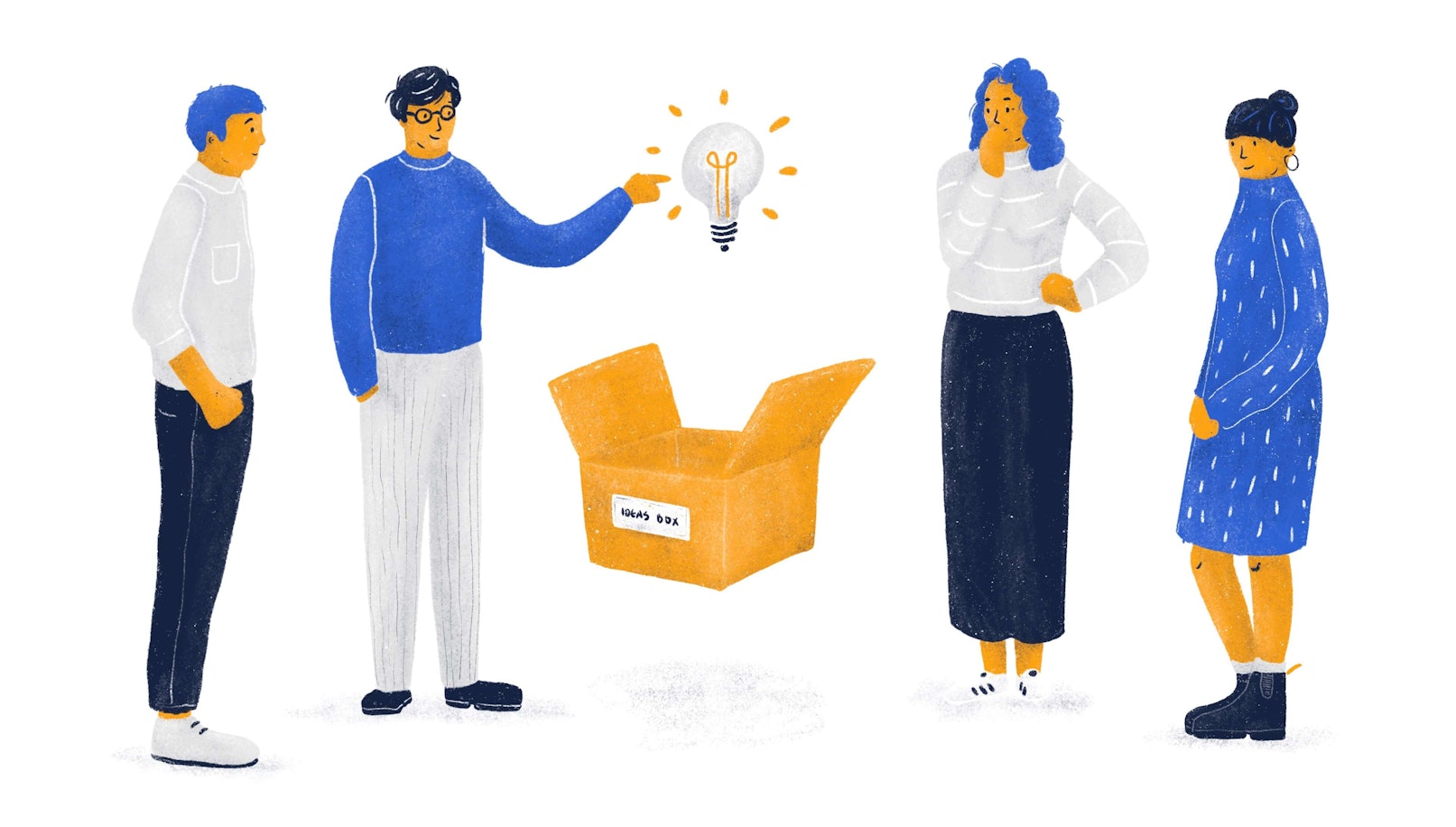Workshop activities can bring energy, creativity, and collaboration to your meetings, fostering innovation and effective problem-solving. Below are five highly engaging activities you can incorporate into your workshops, each designed to stimulate ideas, generate insights, and prioritize tasks.
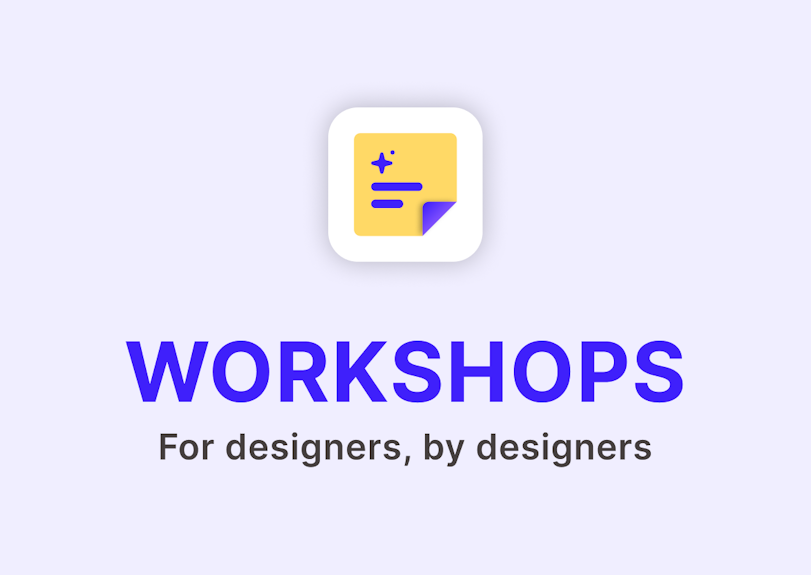
One Plugin for All Workshop Needs
26 templates; Get stakeholder buy-in; Become a better UX'er.
Get AI PluginDot Voting
Relevance: Voting is a powerful tool for quickly gathering collective input, making decisions, and identifying areas of agreement or contention among participants. It is particularly useful when there are multiple options to consider.
When to Use: Voting is a handy technique when you need to prioritize options, finalize decisions, or gauge participants' preferences on a topic.
Best Practices:
Make sure each participant has an equal number of votes, and that they know how to use them.
Clearly define the voting options and how the results will be used.
Facilitate an open discussion before and after voting to ensure all perspectives are heard.
Consider using online tools or colored sticky notes for anonymous voting.
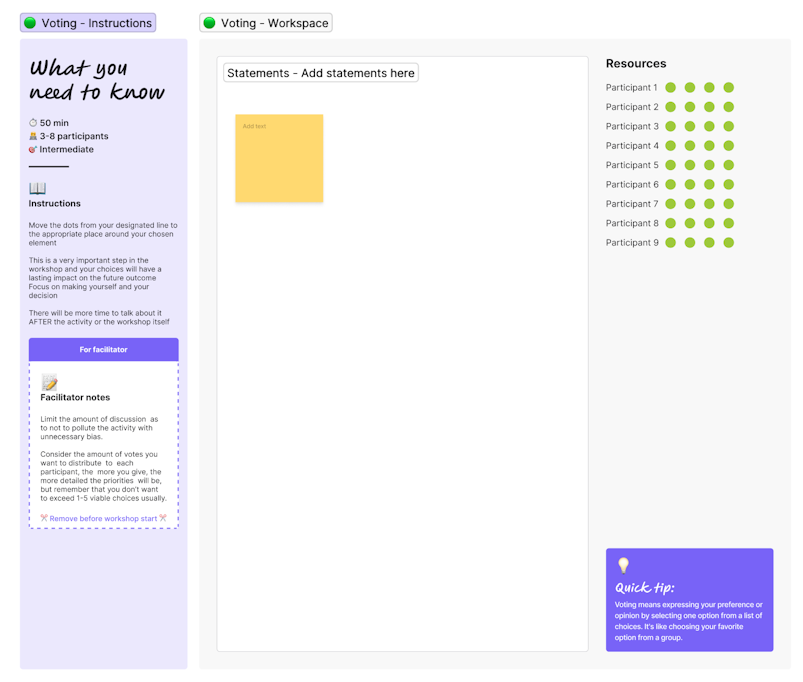
Affinity Mapping
Relevance: Affinity mapping is a visual technique used to organize a large volume of ideas into logical groups or themes. It's helpful when you're faced with lots of information, feedback, or ideas and need to make sense of them.
When to Use: This method is best used after a brainstorming session or whenever you have a large amount of qualitative data to sort through.
Best Practices:
Have participants write ideas or feedback on individual sticky notes, one per note.
In a collaborative setting, allow participants to group the notes into categories based on shared themes or ideas.
Encourage participants to discuss the themes and insights that emerge from the grouping process.
Label each group with a fitting category name.

Crazy 8
Relevance: Crazy 8 is a fast-paced brainstorming activity designed to encourage out-of-the-box thinking and generate a diverse range of ideas.
When to Use: This activity is suitable for early stages of problem-solving, when you're exploring potential solutions or looking to stimulate creativity.
Best Practices:
Provide each participant with a sheet of paper divided into eight sections.
Set a timer for eight minutes and ask participants to come up with eight unique ideas, one in each section.
Encourage participants to think broadly, and prioritize quantity over quality during this exercise.
After the time is up, ask participants to share their favorite ideas and discuss as a group.
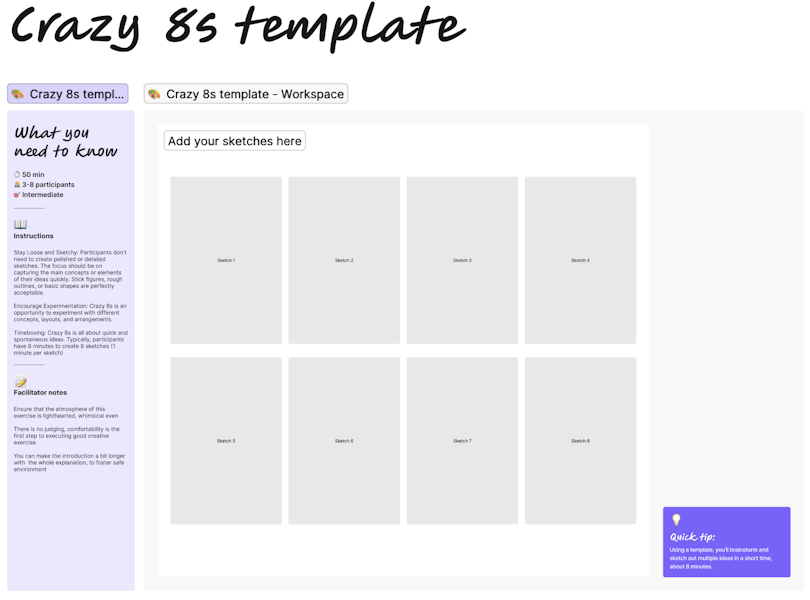
Prioritization
Relevance: Prioritization is crucial for managing resources and time efficiently, especially when faced with a long list of tasks or ideas.
When to Use: Use prioritization when you need to allocate resources, identify key tasks, or determine the most important issues to address.
Best Practices:
Establish clear criteria for prioritization (e.g., impact, feasibility, urgency).
Consider using techniques like the "MoSCoW" method (Must have, Should have, Could have, Won't have) or the Eisenhower Matrix (Urgent/Important).
Include all relevant stakeholders in the prioritization process.
Periodically revisit and adjust your priorities as circumstances change.
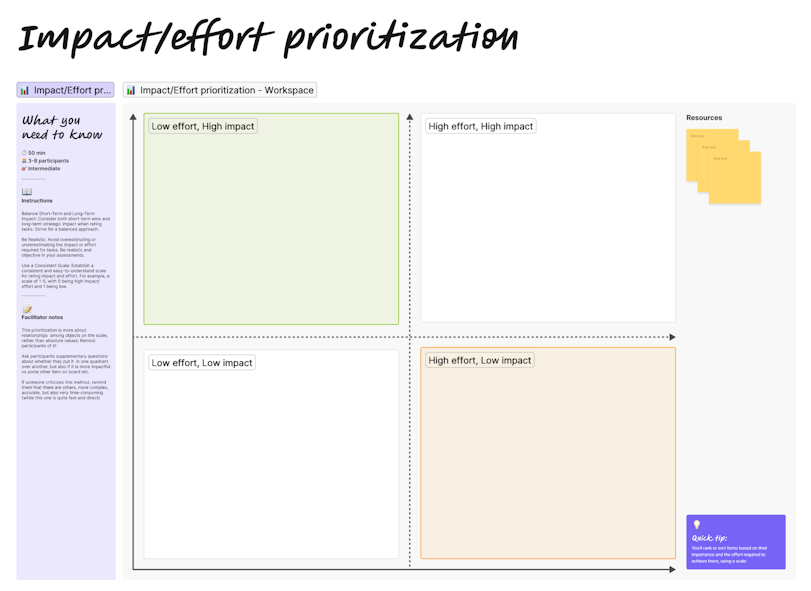
North Star Metric
Relevance: A North Star metric is a single, critical metric that reflects your company's success and guides your long-term strategy.
When to Use: Use this activity when setting strategic goals, aligning team objectives, or measuring progress toward your overarching mission.
Best Practices:
Ensure your North Star metric is specific, measurable, and tied to your company's mission or vision.
Keep it customer-focused, as it should represent value delivered to your customers.
Communicate the metric and its significance clearly to your team, ensuring everyone understands its importance.
Regularly track and review your North Star metric, making adjustments to your strategy as needed.
Incorporating these activities into your workshops will not only energize participants but also foster collaboration and creativity. They can help facilitate more effective problem-solving and decision-making processes. Remember to adapt each activity to your unique workshop objectives and context for maximum impact.
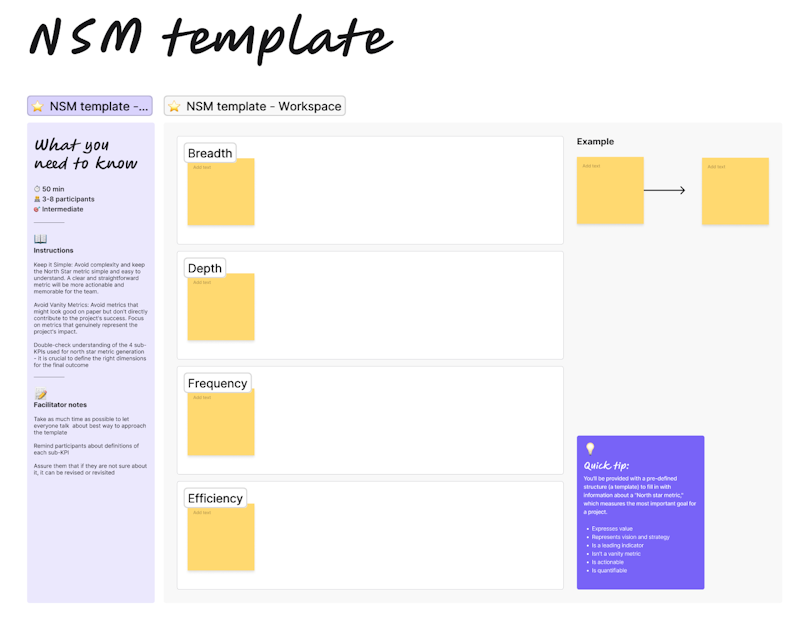
To sum up
Workshops are a powerful tool for fostering collaboration, creativity, and effective problem-solving within your team. By incorporating engaging and practical activities like Voting, Affinity Mapping, Crazy 8, Prioritization, and the North Star metric, you can inject energy into your workshops and facilitate productive discussions.
These activities, when applied appropriately, can help your team gain clarity, make informed decisions, and align on key objectives. As a workshop facilitator, it's crucial to understand the needs of your participants, tailor activities to the specific goals of your workshop, and create an inclusive and open environment where all voices can be heard.
As you move forward with your workshops, be open to adapting and iterating on these activities to ensure they continue to serve your team's evolving needs. Happy problem-solving!

